Description
Key Features:
- Bandwidth: Available with 25Mhz Bandwidth
- Dual-Channel: The Tektronix AFG1022 features two output channels, which enables the generation of multiple waveforms simultaneously.
- Output Amplitude: It offers a wide range of output amplitudes, from 1 mVpp (millivolts peak-to-peak) to 10 Vpp (volts peak-to-peak) across the full bandwidth.
- Waveform Generation: Capable of generating 50 built-in standard functions and arbitrary waveforms to cover a broad range of testing and experimentation needs.
- Modulation and Sweep: Supports continuous modulation, sweep, and burst modes to facilitate a variety of waveform manipulation and testing scenarios.
- Sample Rate: Provides a high sample rate, with 125 MS/s for the AFG1022, or 300 MS/s for the AFG1062 model, ensuring waveform accuracy and precision.
- Memory: Equipped with 64MB of built-in non-volatile memory for storing waveforms and settings, with the option for USB memory expansion for user-defined waveforms.
- Built-In Counter: Features a built-in 200 MHz counter with a 6-digit resolution, making it easy to perform frequency, period, pulse width, and duty cycle measurements.
- User Interface: Offers an intuitive user interface with a 3.95-inch TFT color display, shortcut buttons, and a rotary knob for quick and convenient setting adjustments.
- Compact Design: The compact form factor of the AFG1022 saves valuable bench space, making it suitable for use in educational institutions and laboratories.
Applications:
The Tektronix AFG1022 is designed to cater to a range of applications, including:
- Educational Institutions: Suitable for educational labs looking for modern, flexible test instrumentation that provides high performance at an attractive price.
- Electrical and Electronics Experiments: Supports a wide variety of waveforms for conducting experiments in the fields of electrical and electronics engineering.
- Communications Experiments: Useful for testing and simulating various signal waveforms and modulation schemes used in communications.
- Sensor Simulation: This can be employed to simulate sensor outputs for testing and calibration.
- Functional Test: Ideal for conducting functional testing of electronic components and systems.
Check out other Function Generators Available with us

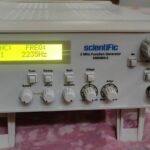
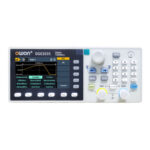
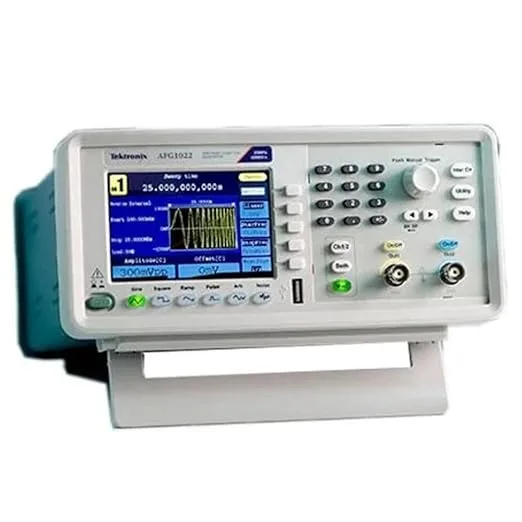

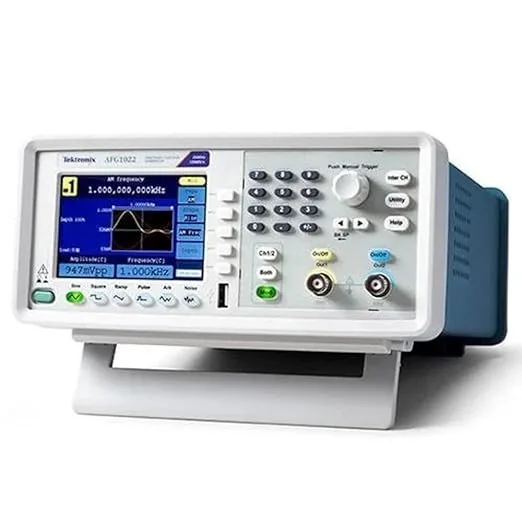
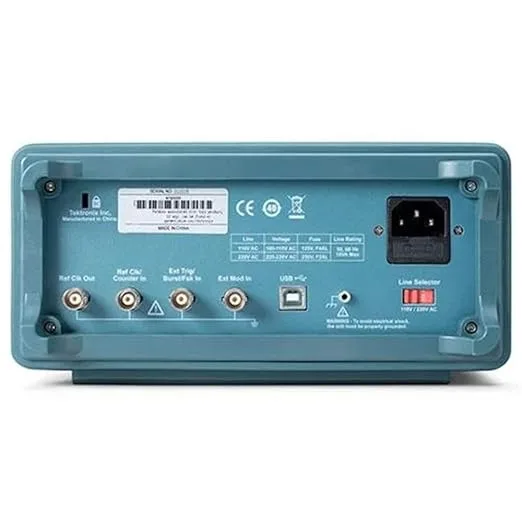
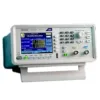
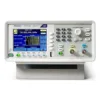
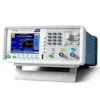
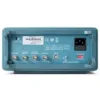

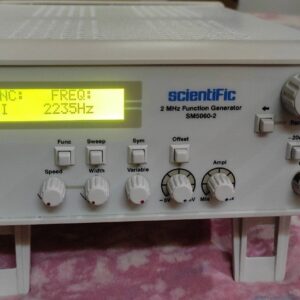
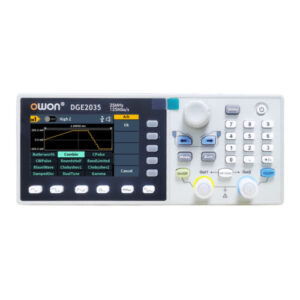
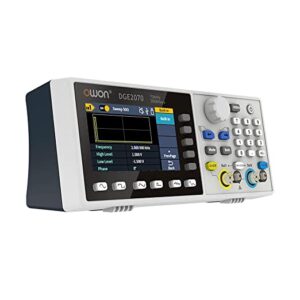
Reviews
There are no reviews yet.